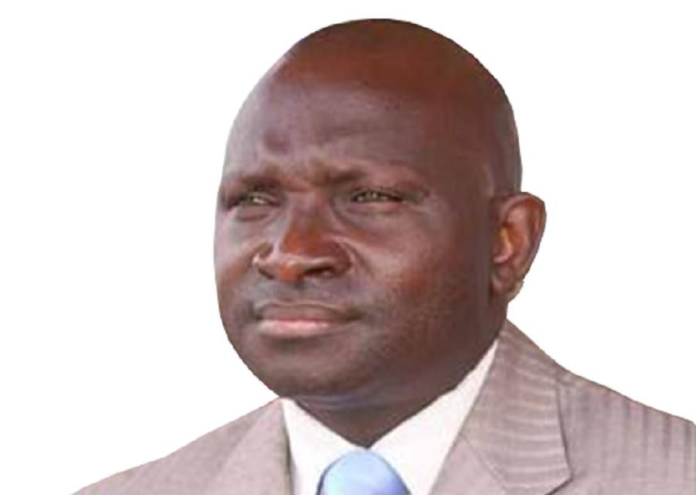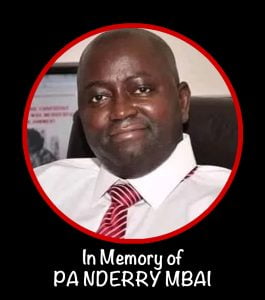
Ousman Sonko is being accused, in complicity with a group of perpetrators, of having tortured several political opponents and illegally depriving them of their liberty in the context of a political demonstration organized in April 2016 in Banjul. Within this context, Ousman Sonko is in particular suspected of having tortured and then killed one of the organizers of the demonstration.
Ousman Sonko contested all the charges brought against him in relation to the torture, the deprivation of liberty and the cruel detention conditions of protestors in April 2016.
The plaintiffs and the Prosecutor requested witnesses to testify.
| The first witness, requested by the plaintiffs, has been a prison guard for nineteen years in Mile 2. He was working under the supervision of former prison director David Colley. In 2016, he was himself imprisoned in Mile 2 for nine months at the same time as some of the plaintiffs. The witness testified before the TRRC on 24 June 2020, stating, among other things, that Ousman Sonko was fully informed about how the prison was run by his subordinate David Colley. |
During the hearing, the witness confirmed that he had notably worked in Mile 2 and Janjanbureh jails as a prison officer under Jammeh’s presidency. The detention conditions were globally the same in both places. Mile 2 was not a clean place. Cells varied from big halls to very narrow places where air did not circulate well. The little food detainees received was making them sick. He himself experienced sickness while imprisoned in Mile 2, from January to October 2016. He had not received any medical treatment, although he would have needed it.
Some detainees had access to lawyers, but he did not. Likewise, some inmates were allowed to have family visits, some were not.
In the security wing of Mile 2 – where he had been detained for some time – there were prisoners who had been convicted to life, others to death, some had never been sentenced at all and some other were not even aware of the reasons of their detention. Political detainees were not detained at the same place as other inmates. The witness heard that the Junglers and the NIA had access to detainees. They allegedly came during the night so that no one would know what was going on.
The witness confirmed having seen acts of torture being committed in Mile 2 when he was himself detained. He added that he had never seen Ousman Sonko in prison and that David Colley was a bad person.
| The second witness, requested by the Prosecutor, was amongst the protesters during the demonstration that took place on 14 April 2016. He was arrested by the police together with some of the plaintiffs and tortured by NIA staff as well as unlawfully detained for some time. The witness testified before the TRRC on 28 December 2020, within the frame of the so-called NIA9 trial in The Gambia as well as before the Swiss prosecuting authorities in June 2021. |
The witness explained that he had joined the 14 April 2016 protest upon request from Solo Sandeng. The protest – which aimed at calling for a proper electoral dialogue and for democratic elections – was not authorized but was planned to be peaceful.
At the moment of his arrest, he was beaten with sticks by the Police Intervention Unit (PIU) and brought to the unit’s headquarters. There, security forces leaders and members of the National Intelligence Agency (NIA) were present. Ousman Sonko arrived later together with former NIA Director. The former Inspector General of Police (IGP) was also there as well as the Police commissioner. Along with some of the plaintiffs, he was ordered to hold a sign asking for political reforms and was photographed by a cameraman.
Afterwards, Ousman Sonko and the former IGP ordered to take him and other plaintiffs to the NIA headquarters. The arrestees were photographed, handcuffed, by the medias upon arrival at the NIA.
The witness declared having seen Ousman Sonko at the NIA as well as the NIA Director, the NIA Director of Operations, the IGP and other security officials. There, the arrestees were insulted, strongly beaten and pressured into signing pre-written statements, which he did. He was then imprisoned.
The witness then described in detail the acts of torture and humiliations the arrestees went through, the screams he heard from his cell. He personally also had to endure what the torturers (Junglers and NIA members) called the “VIP treatment” which meant enduring acts of a particular cruelty. He was then brought before a panel within which Ousman Sonko was present, along with the NIA Director, the NIA Director of Operations.
Before this panel, visibly injured, he was again threatened. After that, he was incarcerated in the Bambadinka prison, where he was ill-treated and beaten again, without receiving medical treatment. He was then brought to Mile 2 prison, in the maximum-security wing, where he was not granted the right to see neither his family nor a lawyer. He was also brought to Janjanbureh prison. In both places, the detention conditions were poor, and the medical facility was either inadequate or inexistent.
On the political and human rights’ context in The Gambia, the witness explained that, under Yahya Jammeh, opposition members would either be imprisoned or forced to leave the country. The judicial power was under the influence of the President and proceedings were partial. Further, the President would keep journalists silent, by killing them, arresting them or forcing them to flee the country.
| Procedural highlight At the hearing’s resumption on 17 January 2024, the filing of additional material (archived Gambian newspaper’s articles) related to the illegal execution of nine Mile 2 inmates in 2012 was discussed. In the Prosecutor and the plaintiffs’ views, this material supports the fact that a systematic and planned policy of oppression had been set up by the Gambian authorities, particularly as they refer to an official and public warning addressed to the population from the Ministry of Interior after the execution of the inmates. The material highlights the interaction amongst various state actors – and particularly the role of Ousman Sonko – within Yahya Jammeh’s government to implement the policy. The defense argued that the filing of the material should be rejected as the inmates’ executions at stake were lawful, hence, cannot be the demonstration of a systematic or generalised attack against the civilian population. The Court will decide at a later stage. |
Coming next: hearing continues with interrogation of the plaintiffs on these events.


